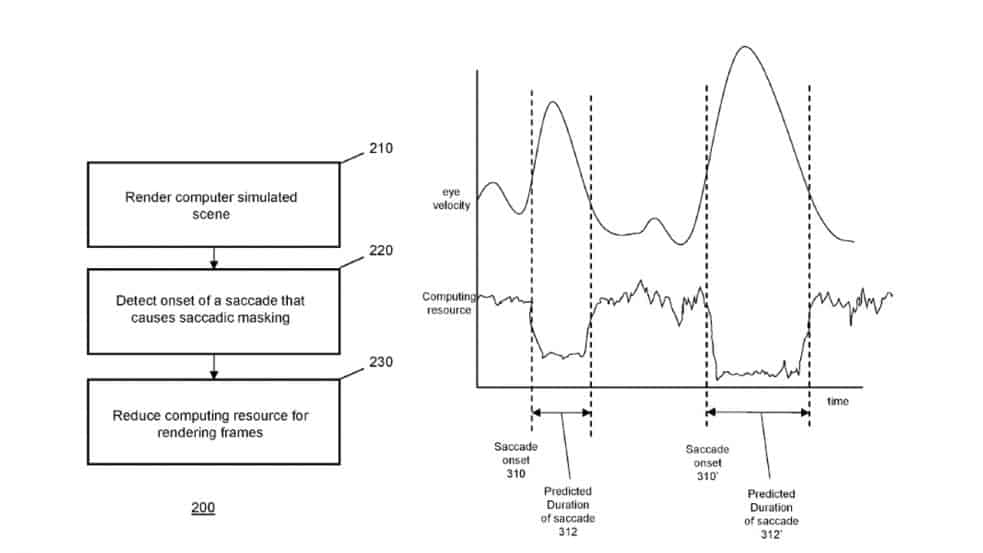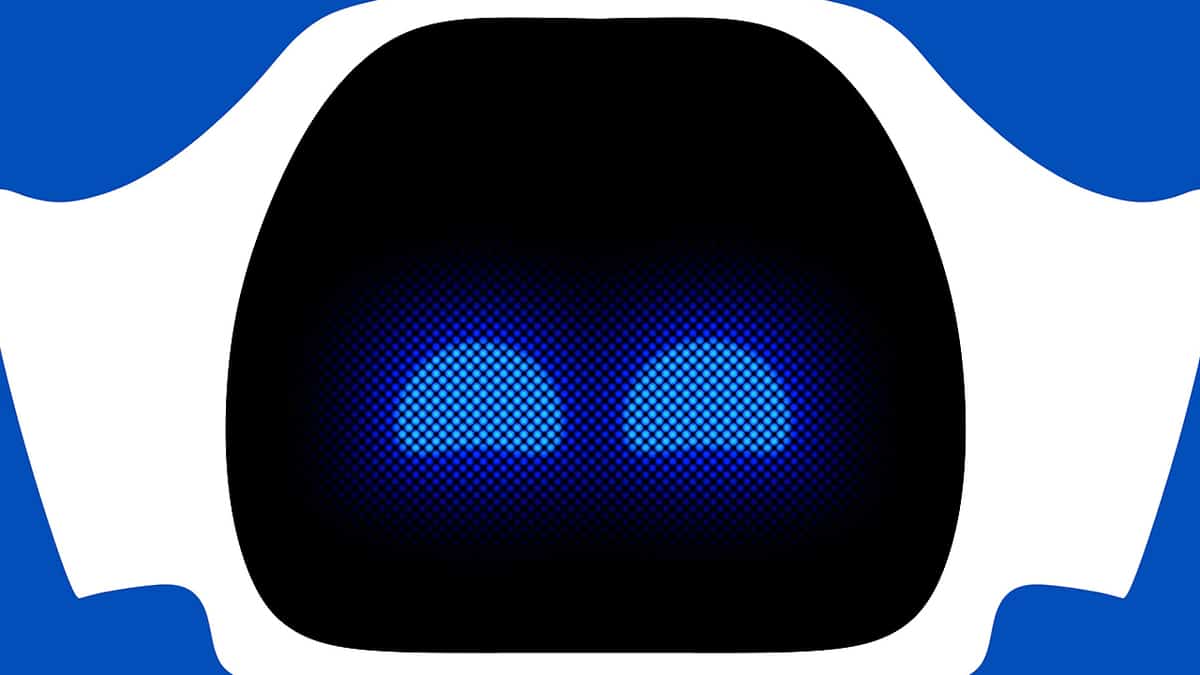Sony Interactive Entertainment has been exploring a new rendering technique to potentially make virtual reality headsets, most probably PSVR 2 far more efficient.
According to a recently granted patent, a virtual reality device such as the upcoming PlayStation Virtual Reality 2 (PSVR 2) can be equipped to track the eye movement of the user to create saccadic masking periods. The saccadic phenomenon is a visual perception where the brain selectively blocks images during eye movements in such a way that the blocked visual processing is not noticeable to the viewer. What Sony is aiming at here is for the PSVR 2 to only and smartly render frames that the user is currently looking at.
The patent states that real-time rendering during saccadic periods can save up computing resources and power consumption. The filing further claims that a saccadic masking period may easily be around 100 ms to 200 ms in some cases, during which a virtual reality headset can avoid rendering frames of images. For example, at 60 Hz rendering and a saccadic period of 100 ms, approximately 6 frames can be skipped or rendered with less computing resources.
Since many virtual reality systems use higher frames rates such as 90 HZ or 120 Hz, a saccadic rendering PSVR 2 can hence save more frames for more power saving. Furthermore, the saved processing time can be used to render low frequency updates such as complex lighting.
Typically, scene lighting in 3D is relatively slow changing and so can be calculated with greater tolerance for latency. Since saccades are not guaranteed to occur at any specific rate, this technique is suited for long duration (several seconds) calculations where there is a statistical likelihood of getting a saccade. This technique may be used in conjunction with foveal rendering and gaze tracking.

In another granted patent, Sony showed interest in using eye-tracking to initiate a chat with other players in virtual reality environments. The patent was most probably for PSVR 2 and aims to have players just look at other in-game characters in their eyes to start a chat session.
PSVR 2 will release after PlayStation 5 launches later in the year, as confirmed by Sony in the past. The next-generation PlayStation 4 successor though will fully support the existing PSVR hardware.
